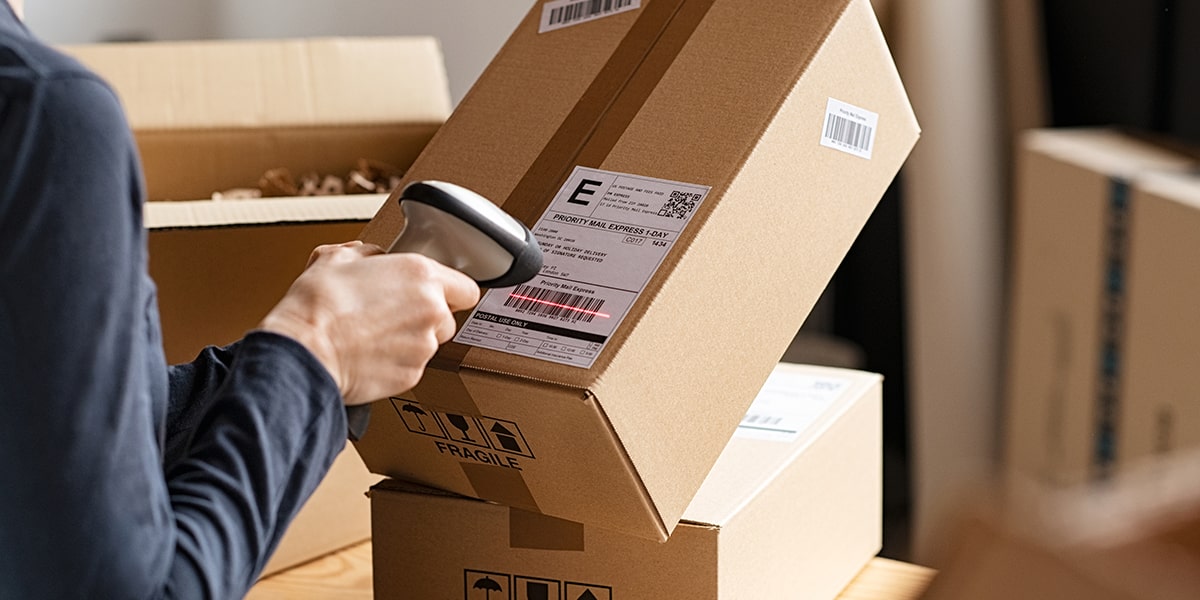Burst Strength Testing of Flexible Packaging
When it comes to ensuring product safety and compliance with industry standards, burst strength testing of flexible packaging is a critical step. This form of testing evaluates the resistance of flexible packaging materials to internal pressure, which helps in determining if the material can withstand the stresses encountered during filling, storage, or transportation.
The test simulates real-world conditions where the package may be subjected to increased internal pressure due to temperature changes or other factors. The primary focus is on identifying any potential weaknesses that could lead to leaks or ruptures under operational stress. This information is essential for quality managers and compliance officers responsible for maintaining high standards of product safety.
The testing process involves placing a pre-determined volume of air, gas, or liquid inside the packaging sample until it bursts. The force at which this occurs is measured in kilopascals (kPa) or pounds per square inch (psi). This value represents the burst strength and provides valuable insights into the integrity of the packaging material.
For R&D engineers working on new materials, this testing helps optimize formulations to enhance resistance. For procurement teams, it ensures that suppliers deliver products meeting strict quality benchmarks. Compliance officers rely on these tests as part of their efforts to adhere to regulations set by bodies like the Food and Drug Administration (FDA) or European Union's REACH directive.
The choice of material significantly impacts burst strength performance. Common materials include polyethylene, polypropylene, and various blends thereof. Each has unique properties that affect how well they perform in this type of test. By understanding these differences early on, manufacturers can make informed decisions about which substrates to use.
Preparation steps are crucial before conducting burst strength tests. Cleanliness is paramount; any dirt or debris could interfere with accurate measurements. Additionally, the sample must be cut uniformly according to specified dimensions provided by the standard being followed (e.g., ISO 15226-3). Proper clamping of samples ensures consistent pressure distribution across all areas.
| Standard Name | Description |
|---|---|
| ISO 15226-3 | This international standard specifies methods for determining the burst strength of flexible packaging materials. |
| ASTM D882 | An American Society for Testing and Materials method used to determine tensile properties of thin plastic sheets, films, and similar materials, including those intended as packaging. |
Applied Standards
The primary standard for burst strength testing of flexible packaging is ISO 15226-3, which outlines procedures and criteria for measuring the burst strength of various types of flexible packaging. This international standard ensures consistency across different laboratories worldwide.
American Society for Testing and Materials (ASTM) D882 also plays a role in assessing tensile properties of thin plastic sheets, films, and similar materials used in packaging. While not specifically targeting burst strength, it complements other tests necessary to fully characterize the mechanical behavior of these materials.
| Scenario | Description |
|---|---|
| Filling Process Simulation | Demonstrates how burst strength testing mimics the internal pressure applied during filling operations. |
| Storage Stability Assessment | Evaluates whether packages maintain their integrity after being subjected to storage conditions that might increase internal pressure due to temperature fluctuations. |
Environmental and Sustainability Contributions
Burst strength testing contributes positively towards environmental sustainability by helping manufacturers design more robust packaging that minimizes waste while ensuring safety. Robust materials are less likely to fail prematurely, reducing the need for frequent replacements or repairs.
Additionally, optimizing burst strength through careful selection and formulation of raw materials reduces material usage without compromising protection levels. This efficiency leads to lower production costs and decreased environmental impact associated with resource extraction and processing.
By incorporating sustainable practices into their testing protocols, laboratories like ours play a vital role in promoting eco-friendly product development cycles. Consumers benefit from safer, more reliable packaging solutions that are better suited for long-term storage and transportation needs.
Use Cases and Application Examples
- Filling Process Simulation: This scenario demonstrates how burst strength testing mimics the internal pressure applied during filling operations.
- Storage Stability Assessment: Evaluates whether packages maintain their integrity after being subjected to storage conditions that might increase internal pressure due to temperature fluctuations.
- Traffic and Handling Tests: Simulates the stresses packaging undergoes while being moved from point A to B, including exposure to extreme temperatures or humidity levels.
| Scenario | Description |
|---|---|
| Traffic and Handling Tests | Simulates the stresses packaging undergoes while being moved from point A to B, including exposure to extreme temperatures or humidity levels. |
| Pressure Testing of Containers | Evaluates the resistance of containers against high internal pressure, often used in conjunction with burst strength tests for comprehensive evaluation. |





